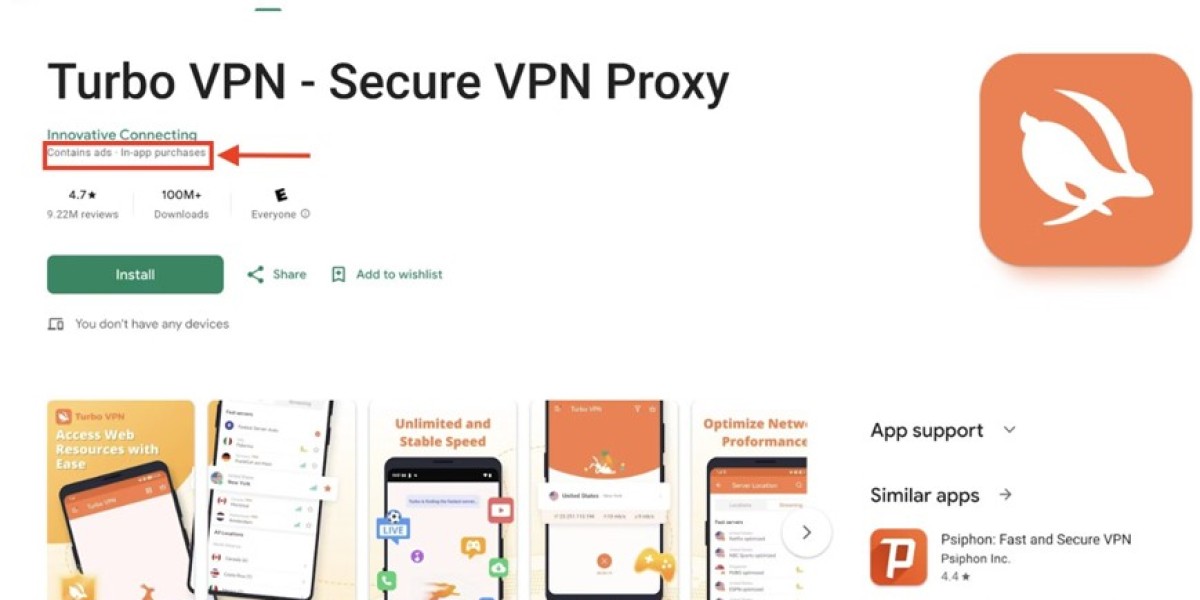In today’s digital-first world, businesses need fast, secure, and reliable methods to verify the identity of their customers. With the rise of online fraud, regulatory bodies across the globe are enforcing stricter Know Your Customer (KYC) requirements. Among the many innovative solutions, voice verification has emerged as a powerful tool in enhancing identity verification services.
What is Voice Verification?
Voice verification is a biometric authentication method that analyzes a person’s unique vocal patterns. Just like fingerprints and facial features, every individual’s voice is unique due to factors like pitch, tone, and rhythm. By recording and comparing voice samples, organizations can authenticate users in real time with high accuracy. This makes voice verification not only convenient but also highly secure.
Role in Identity Verification Services
Identity verification services are essential for banks, financial institutions, telecom providers, and even e-commerce platforms to prevent identity theft and comply with KYC regulations. Traditional methods like manual document checks and passwords are increasingly vulnerable to fraud and data breaches. Here’s where voice verification adds value:
Seamless Authentication: Users don’t need to remember complex passwords; their voice becomes their identity.
Enhanced Security: Voice is extremely difficult to replicate, making impersonation attempts ineffective.
Remote Verification: Especially useful for digital onboarding, customers can verify their identity anytime, anywhere.
Voice Verification in KYC
Regulatory frameworks demand businesses to verify and continuously monitor customer identities. Voice verification perfectly complements these KYC processes by offering an additional layer of biometric authentication. For example, when a customer opens a new bank account online, they can record a voice sample that becomes part of their secure profile. During future interactions, this voice print can confirm their identity instantly.
By integrating voice verification with other methods like face recognition, document liveness checks, and NFC verification, businesses create a multi-layered identity verification system that complies with global KYC and AML (Anti-Money Laundering) requirements.
Benefits for Businesses and Customers
Faster Onboarding: Reduces friction and time during customer registration.
Cost-Effective: Automates verification processes, cutting operational costs.
Customer Convenience: Provides a secure yet user-friendly experience.
Regulatory Compliance: Helps organizations meet evolving KYC norms without complexity.
Conclusion
As cyber threats evolve, relying on passwords or traditional ID checks alone is no longer enough. Voice verification combined with robust identity verification service kyc offers a modern, secure, and convenient solution to meet today’s KYC requirements. Businesses that adopt these technologies can not only safeguard themselves against fraud but also build trust with their customers by ensuring smooth and reliable verification experiences.








